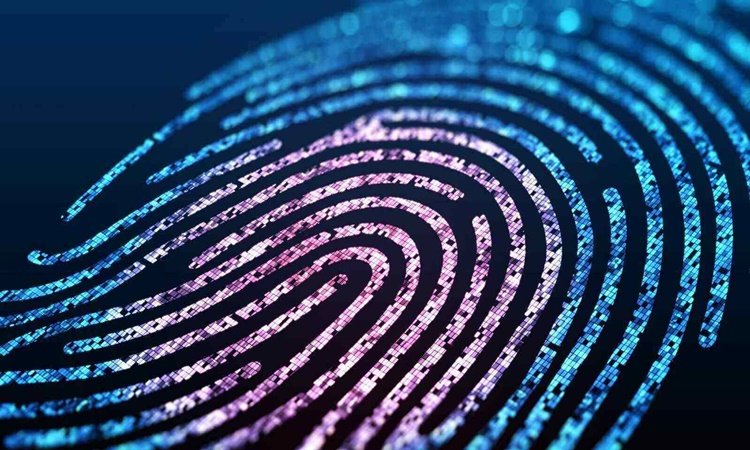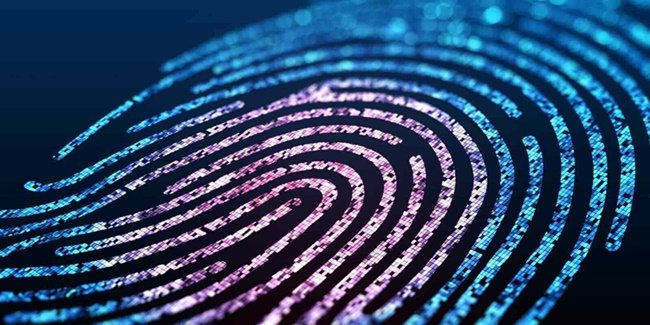Here Are Few Details About Fingerprints
FINGERPRINT – In this article, you will uncover a total of five (5) intriguing insights that explore the fascinating world of fingerprints.
You’ve likely been told that your fingerprints are distinctive, with no one else globally having the same ridge pattern on their fingertips as you. This uniqueness has made fingerprints a longstanding method of personal identification, dating back possibly to 300 BCE in Chinese societies. Despite their individuality, fingerprints remain enigmatic to scientists, prompting ongoing research.
Here Are Some Facts About Fingerprints
Your Fingerprints Contain Whorls, Arches, and Loops
The patterns of ridges on your fingertips, technically termed dermatoglyphs (from the Greek roots derma, meaning skin, and glyph, meaning carving), create what we commonly refer to as fingerprints. These ridges fall into three fundamental patterns: loops, whorls, and arches. Loops are curved ridges forming an elongated C shape, with the open ends pointing toward or away from the thumb. Whorls consist of ridges in concentric circles or spirals, while arches resemble the contour of a mountain. Among these, loops are the most prevalent (constituting 60% of fingerprints), followed by whorls (35%), and arches (5%).

It’s Almost Impossible to Change or Eliminate Fingerprints
Fingerprints persist unchanged throughout a person’s lifetime and are remarkably resistant to intentional removal, as demonstrated by notable criminals like John Dillinger, who unsuccessfully attempted to burn off his fingerprints with acid. Despite efforts by others during the Depression era, such as using knife cuts, it became evident that eliminating fingerprints deliberately is nearly impossible, as the ridges inevitably regenerated.
Nevertheless, there are exceptions where individuals may not have fingerprints. A genetic condition known as adermatoglyphia causes individuals to be born without ridges on their fingertips, palms, or the soles of their feet. Certain skin conditions like psoriasis and repetitive manual labor can alter or erode the ridges. Additionally, specific chemotherapy drugs may lead to swelling and blistering of the hands, resulting in the loss of fingerprints.
Fingerprints Form Before You’re Born
Research indicates that during the third to sixth months of fetal development, both genetic and environmental factors play a crucial role in shaping the ridges on the fingers, hands, toes, and feet. Genes responsible for the development of dermal layers in these body parts appear to determine the size, shape, and pattern of these ridges. The chemical balance within the mother’s uterus is also likely to contribute to this process. Collectively, these factors contribute to the formation of unique dermatoglyphs, with even identical twins exhibiting distinct fingerprints. However, despite centuries of scientific investigation into fingerprints, there is still no consensus among scientists regarding the precise mechanism of their formation.
The Function of Fingerprints Is Still a Mystery
The reason behind the existence of fingerprints remains a topic of disagreement among scientists, although several theories have been proposed. Traditionally, biologists believed that dermatoglyphs evolved to enhance grip. However, in a 2009 experiment conducted by two University of Manchester researchers, running hard plastic sheets over their fingertips revealed that the ridges actually decreased the contact area between the fingertip and plastic, leading to a reduction in grip power.
Recent studies propose an alternative perspective, suggesting that fingerprints contribute to an improved sense of touch. In a 2021 research project at Umeå University in Sweden, 12 participants had their nerve responses recorded while textured cards were moved across their fingertips. The responses indicated sensitivity hotspots that corresponded to the ridge patterns of the subject’s fingerprints, supporting the notion that fingerprints enhance tactile sensation.
Animals Have Unique Fingerprints, Too
Scientists initially believed that fingerprints played a role in improving our grip, partly because other primates that climb and cling to trees also possess them. Gorillas, orangutans, and chimpanzees exhibit unique dermatoglyphs on their fingers and toes.
Remarkably, koalas, despite being unrelated to humans, also have fingerprints that closely resemble human ones. Biologists attribute this similarity to convergent evolution, wherein unrelated organisms independently evolve similar traits.

